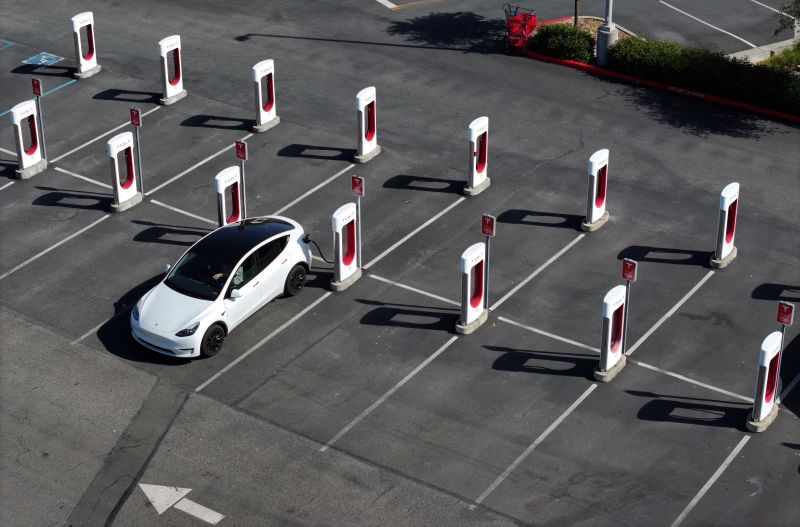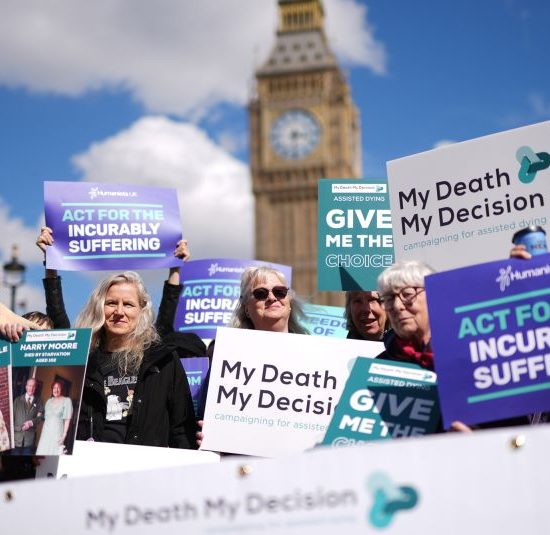Elon Musk, Tesla’s CEO and founder, recently announced a decision that sent ripples through the EV network in the United States: the slashing of Tesla’s Supercharger team. This critical strategic move has brought forth many questions about what the future holds for the country’s electric vehicle (EV) charging infrastructure.
The Supercharger team at Tesla has been instrumental in building an expansive EV charging network across America. It was Tesla’s Superchargers that helped to wipe away the ‘range anxiety’ associated with electric vehicles and catapult Tesla into a pioneer in the market. Lauded as a super-fast, sophisticated charging system, Tesla’s Supercharger has effectively addressed the need for quick and efficient EV charging.
By cutting back the Supercharger team, Musk seems to be signaling a transition in the company’s direction. However, it’s crucial to understand what this significant action points to in terms of America’s EV network. Here are three key points to consider.
Firstly, the thinning of the Supercharger team may suggest accelerated in-house development and deployment of the Supercharger V3, a revelation which was announced recently. The Supercharger V3 is the third generation of Tesla’s charging hardware, expected to ramp up the speed and efficiency of charging Tesla vehicles significantly. If this improved charging hardware lives up to the hype, the current Supercharger team could become less crucial, and reducing its size could make strategic sense.
Secondly, the decision might hint at a course towards increased collaborative efforts with third-party EV charging services, transforming Tesla from a solo player to a more collaborative, interconnected part of an overall EV charging network. If this is Tesla’s new path, it is in line with the industry’s ongoing trend of multi-stakeholder participation, given the significant startup and operational expenses associated with managing proprietary charging stations.
Lastly, Musk’s decision to slash the Supercharger team indicates a potential move towards home and workplace charging as the primary option, with Superchargers being seen as a complementary or secondary option. This would limit the requirement of a large-scale, committed, full-time Supercharger team, enabling Tesla to redirect its resources to research, development, and production of EVs.
While it is still early days to paint a concrete picture, one thing is clear: the decision to scale back the Supercharger team represents a shift in Tesla’s strategy. It suggests the company is looking for a more sustainable, cost-effective, and efficient method of catering to America’s rising interest in and demand for electric vehicles. The future of America’s EV charging network – or at least Tesla’s significant part in it – appears to be transitioning from a proprietary model to a more diversified, cooperative one that leverages technological advancements and collaborative models for a more solidified, substantial and accessible EV infrastructure.




